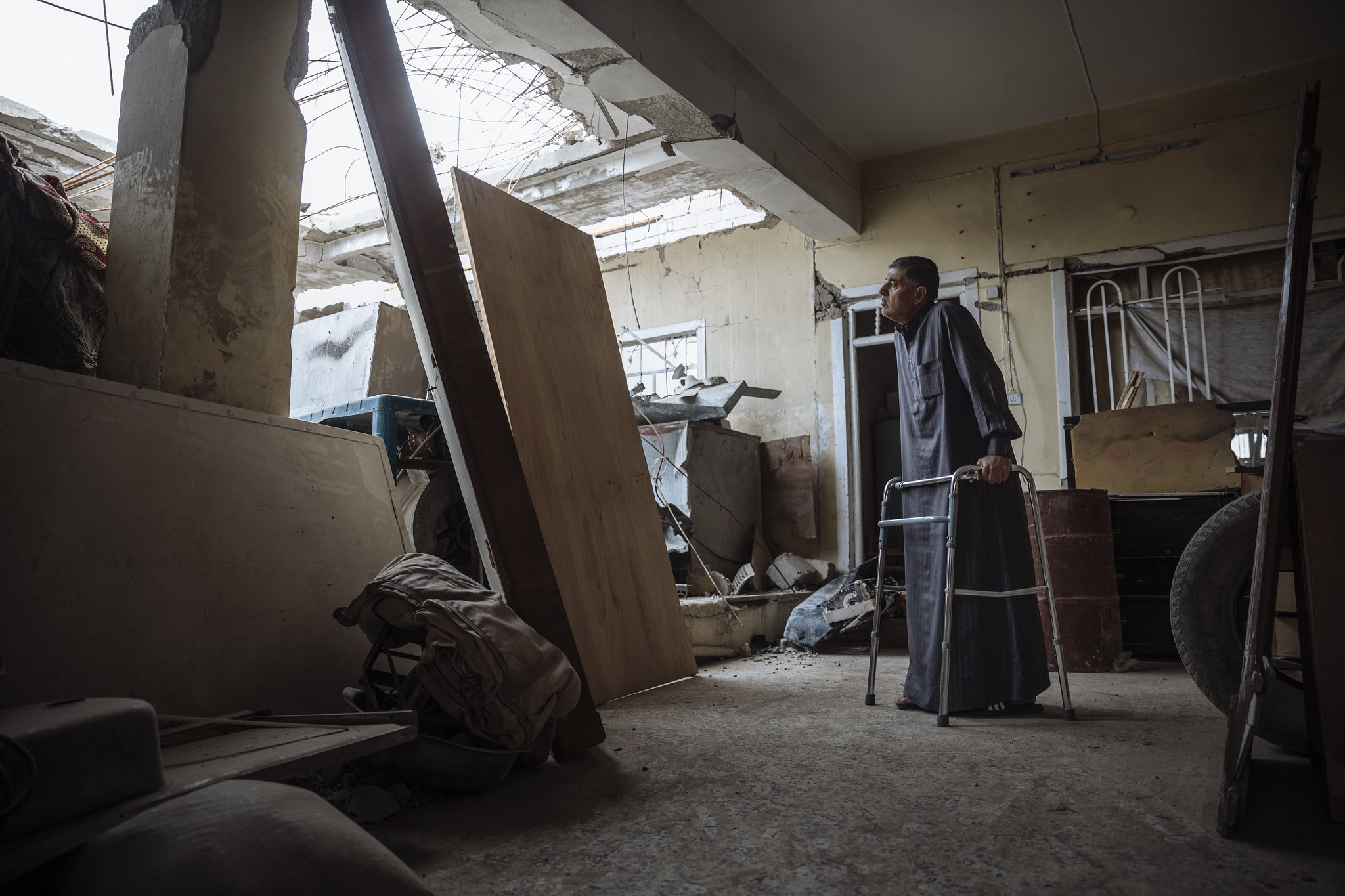All Under One Roof
2.4 Implementing and adapting your response
It is important to have flexibility in your shelter and settlement approach and adapt to the needs of persons with disabilities during planning, design and implementation. At all times consider the link between shelter activities, protection, recovery and psychosocial well-being. Involving specialist organisations and OPDs that can provide individual support and adaptations will assist in this implementation.
In a shelter and settlement context, solutions have in the past gravitated towards minimum adaptations to focus on access for people with physical disabilities, to the exclusion of other groups. Discuss from an early stage with OPDs, specialised organisations, other clusters and technical working groups (such as MHPSS) the additional support to make shelters and settlements activities accessible to all persons with disabilities, including people who are traditionally under-represented and people with less visible disabilities such as people with psychosocial or intellectual disabilities.
New barriers and challenges will be identified along the way. Be prepared to make adaptations to designs and on site to address these barriers and increase accessibility.
Due to stigma, differing understandings of disabilities and other barriers, persons with disabilities can often be overlooked, so it is important that any activities are as inclusive as possible from the outset.
The following recommendations will contribute to a more inclusive implementation.
| 2.4.1 | Make efforts to keep families and support networks intact in the location of displacement. Displacement will create new barriers, disrupt coping mechanisms, and in many cases disconnect persons with disabilities from support networks and services. | |
| 2.4.2 | If return to the area of origin becomes an option, consider if households of persons with disabilities should be prioritised, based on an assessment of the barriers in the area, the availability of services and facilities, and – most importantly – the household preference. | |
| 2.4.3 | Determine suitable options and priorities for shelter support both at the shelter and settlement level in consultation with persons with disabilities and based on identified barriers. Give persons with disabilities who spend more time in or around the shelter increased influence over design and solutions. Rank the different solutions according to appropriateness and feasibility. | |
| 2.4.4 | Discuss mainstreaming efforts and accessible solutions with other shelter and settlement agencies and ensure sharing of good practices and lessons learned. Giving households of persons with disabilities the freedom to choose between shelter options from different agencies can contribute to increased inclusion and accessibility. | |
 |
 |
|
| 2.4.5 | Identify context-appropriate solutions. Using locally available materials and established building techniques allows more people to be involved in construction activities. It also makes it easier for households to adapt and improve their own shelter. | |
| 2.4.6 | Consult OPDs and persons with disabilities on how to make distribution systems inclusive; consider the location of distribution sites, times, schedules and the identification of persons who need home deliveries or transportation support (more details on inclusive distributions in section 3.1) | |
| 2.4.7 | Ensure that any accessibility modifications that are planned for are of the same standard as the rest of the construction. | |
| 2.4.8 | Where there are existing programmes already offering support with shelter or settlement adaptations, discuss possibilities for additional support to improve or replicate solutions and expand the programme. | |
| 2.4.9 | Adapt your response based on seasonal variations and weather conditions, especially considering the importance of thermal comfort on persons with disabilities or chronic illness who spend a significant proportion of the day indoors. Additional items in winterisation kits or investments in weatherproofing may be warranted. | |
